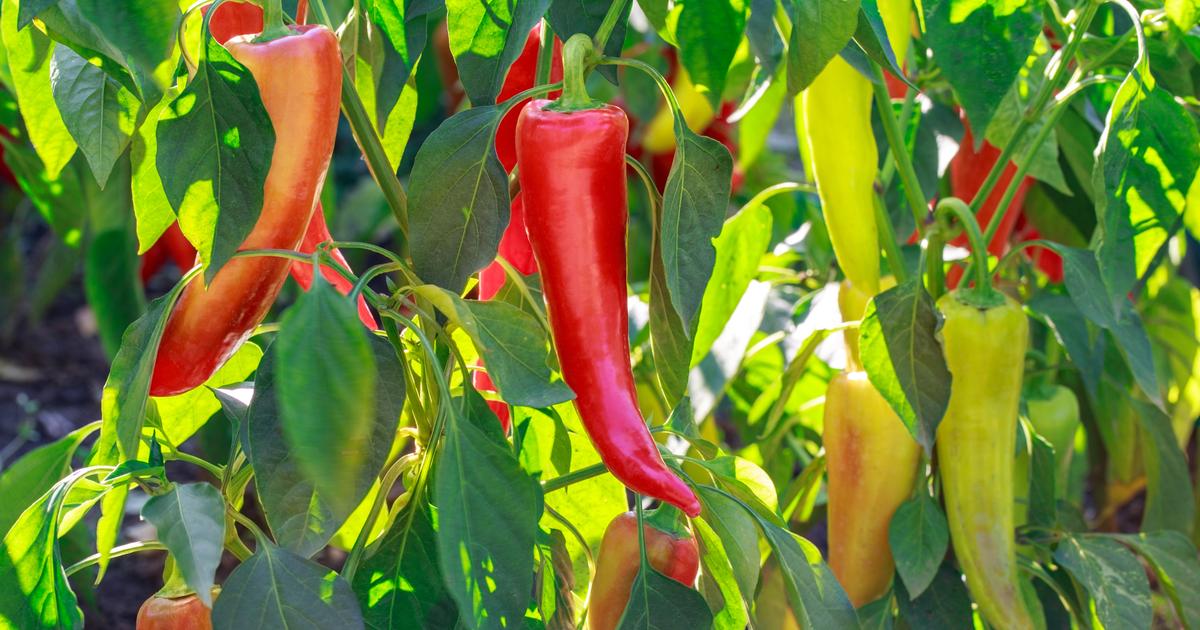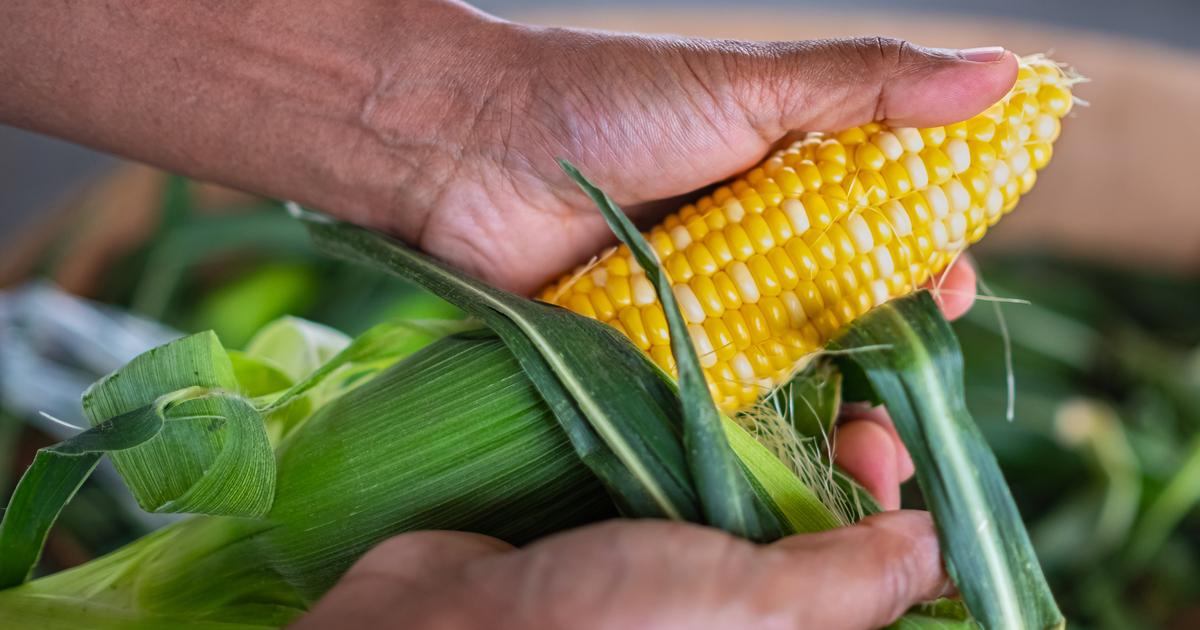Why not plant
peppers
in the garden?
With their beautiful colors from green to red, they give pretty tones to the garden and are delicious on the plate.
To discover
January: what vegetables and fruits are in season?
What is chilli?
It is a widely consumed spice in the world, recognized both for its taste qualities and its medicinal properties.
Its pungent taste is due to a molecule called capsaicin.
But a chilli can also be sweet.
In 1912, pharmacologist Wilbur Scoville invented the Scoville scale to measure the strength of chili peppers based on their capsaicin content.
It varies from zero (the pepper) to more than 100,000 Scoville units (the Carolina Reaper) and is also calculated between zero (neutral) and ten degrees (explosive).
Espelette pepper
Espelette peppers have been protected by the protected designation of origin (AOP) since 2002. Adobe Stock
Recognizable by its bright and shiny red color, Espelette pepper, flavor enhancer, is rich in vitamin C, phosphorus and antioxidants.
Originally from Central and South America, Espelette pepper has been protected by the designation of origin (AOP) since 2002. It is produced in particular in several towns in the Basque Country, including Espelette - from which it takes its name - , Ainhoa, Cambo-les-Bains, Halsou, Itxassou, Jatxou, Larressore, Souraïde and Ustaritz.
(1500 and 2500 Scoville units and degree 4, hot category).
Jalapeno pepper
The Jalapeno pepper is renowned for its vitamin C content. Adobe Stock
Coming from Mexico, and in particular from the city of Xalapa from which it takes its name, the Jalapeno pepper is harvested when it is green in color for its taste that is both slightly spicy (between 2500 and 8000 according to the Scoville scale), acid and slightly smoky.
Its aroma rate depends on its color and its maturity (from green to red).
It is also known for its vitamin C content.
Cayenne pepper
Cayenne pepper is also called cayenne pepper or rabid pepper.
Adobe Stock
Red in color, the cayenne pepper is both spicy (between 30,000 and 50,000 Scoville units and degree 8, hot category), fruity and spicy.
Coming from French Guyana (of which Cayenne is the capital), South America and Central America, it is also called Cayenne pepper or rabid pepper.
Source of antioxidants and rich in vitamins C, B6 and K, it has both digestive and therapeutic properties and contributes to weight control.
Habanero pepper
The Habanero pepper finds its place on the Scoville scale, between 100,000 and 350,000 units.
Adobe Stock
Also known as West Indian pepper, the Habanero pepper comes from Mexico.
It finds its place on the Scoville scale between 100,000 and 350,000 units (degree 10, explosive), hence its nickname volcanic pepper.
It is also important to handle it with care by protecting your hands with gloves and your eyes in particular.
Reason why it is not consumed directly: food is rubbed with it, with a few exceptions such as Reunion Island or Madagascar.
Tabasco pepper
Tabasco pepper is often used as a sauce for dishes.
Adobe Stock
From yellow to red to orange, the Tabasco pepper has a pronounced taste reminiscent of onion and celery.
Coming from Mexico, its small size reveals a high rate on the Scoville scale: between 50,000 and 100,000 degree 9 units).
It is used to make the famous hot sauce of the same name, which complements many dishes.






